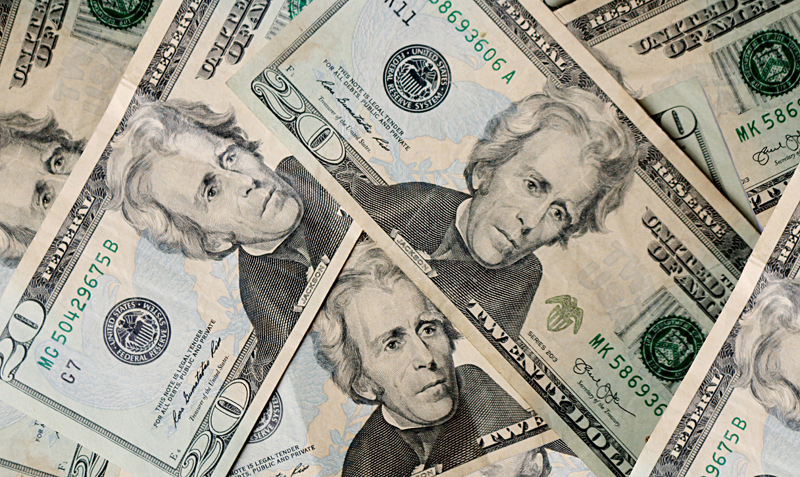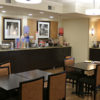Note: This article pertaining to How to Detect Counterfeit United States Currency — and What to Do If You Have Any was originally published on Friday, September 4, 2015 at 11:36 in the morning and has been updated.
Thankfully, I have never encountered an experience where I went to pay for something with cash anywhere in the world while traveling — only to be told that the money is no good because it is considered counterfeit.
How to Detect Counterfeit United States Currency — and What to Do If You Have Any
Currency from the United States is arguably amongst the most popular in the world — at least, when it is strong against other currencies. I remember a point not so long ago where fewer places were willing to accept currency from the United States — even when the money was genuine…
…but what about when the money is fake? Imagine handing over a ten dollar bill to a cashier at an establishment which you are patronizing. The merchant takes one look at it and hands it back to you while claiming that it is fake. That hypothetical experience can be an embarrassing and costly.
Approximately 40 percent of the estimated counterfeit United States currency is outside of the United States; but take heart: approximately one out of every 10,000 bills are fake. Chances are excellent that of the 1.2 trillion dollars in genuine United States currency, the bills you are currently holding are indeed good. You have a much better chance of dying from heart disease or being involved in an automobile accident than procuring counterfeit currency…
…but it can still happen.
Merchants can usually quickly tell if currency is real or fake — but how can you tell for yourself?
The Currency Education Program of the United States offers an official guide with tips and illustrations on identifying genuine currency and the methods of learning how to authenticate your money and exploring the security features of official currency of the United States.
For example, did you know that genuine currency paper contains tiny red and blue fibers embedded throughout the bill? Also, blurred or uneven features of the money likely indicate that it is counterfeit paper currency.
Final Boarding Call
The Secret Service of the United States no longer accepts electronic submissions of suspected counterfeit notes via the USDollars Internet web site effective as of Friday, November 1, 2024.
If you do suspect that a paper note may not be genuine, here is some advice on what to do as offered by the Currency Education Program of the United States:
- If you are associated with a financial institution or business, you may report a suspected counterfeit note by using the Secret Service Form 1604.
- If you are an individual, please contact your local field office of the Secret Service of the United States.
- Do not return the counterfeit note to the passer.
- Delay the passer if possible.
- Observe the description of the passer — as well as that of any companions — and the license plate numbers of any vehicles used.
- Contact your local police department or your local United States Secret Service field office.
- Write your initials and the date in the white border areas of the suspect note.
- Limit the handling of the note. Carefully place it in a protective covering, such as an envelope.
- Surrender the note or coin only to a properly identified police officer or a United States Secret Service special agent.
- Additional information on reporting a suspected counterfeit note can be found on Reporting Suspected Counterfeit Currency to the Secret Service of the United States.
Manufacturing counterfeit United States currency in any denomination of five cents or more is a violation of Title 18, Section 471 of the United States Code; and is punishable by a fine or imprisonment for up to 20 years, or both.
Photograph ©2016 by Brian Cohen.

